Kebaya Tales: Of matriarchs, maidens, mistresses and matchmakers – the 2020 edition, with additional stories
The last time I picked up books to do with heritage fiction was back in university when I decided to take up Postcolonial and Diasporic Literature in my second year. However, I don’t quite remember any of the novels portraying the typical Peranakan/Baba Nyonya, set in a multicultural Malaysia.
So, with the movement control order in place, which also means slightly more time on my hands, I decided to explore my own backyard by giving Kebaya Tales, a book that I’ve been waiting to read, a chance.
The 2020 edition builds upon the 2011 version of Kebaya Tales, which is a collection of short stories that centres on the Baba Nyonya/Peranakan community, which is a blend of Malay and Chinese cultures, with influences from Indonesia, the Portuguese and Thailand, depending on where one is from.
There are more stories, which also happen to be my favourites. One discusses the politics of identity and skin colour. The story provides an excellent introduction to the Babas and Nyonyas, in terms of their physical appearance and how they are usually perceived by those outside or new to the community. The other story has got to do with unusual sightings and the beliefs of a typical Peranakan.
Other stories that also managed to hold my attention include the one on why it’s important to observe pantangs/superstitions, the one that involves a particular painting in an art gallery in Malacca, as well as the one that touches on intermarriages.
I took quite some time to connect with the stories that are Japanese-influenced. By the way, Malaysia was once under Japanese occupation.
I also liked the full-colour photographs and black and white prints of the author’s parents and cultural pieces (placed in between stories) that would help the reader understand how important it is to preserve and pass on one’s culture to future generations. As a non-Peranakan, with some Peranakan influence through my late maternal grandmother’s in-laws, I found the different styles of the kebaya as well as the different teknik sulaman/embroidery techniques eye-opening.
Most of the pantuns and idioms inserted into the book, I realised, were to help bring the culture to life – even as you’re reading and likely forming your own interpretations of the stories and other materials.
Kebaya Tales, part of a trilogy, is complemented by Sarong Secrets and Manek Mischiefs. It is written by Kuala Lumpur-born Lee Su Kim, whose father is a Baba from Malacca and mother, a Nyonya from Penang. In 2017, during a TedX event, she shared what it is like being a Nyonya and took the opportunity to explain and promote the trilogy.
I’m hoping to get my hands on Sarong Secrets and Manek Mischiefs next. Who else is keen?

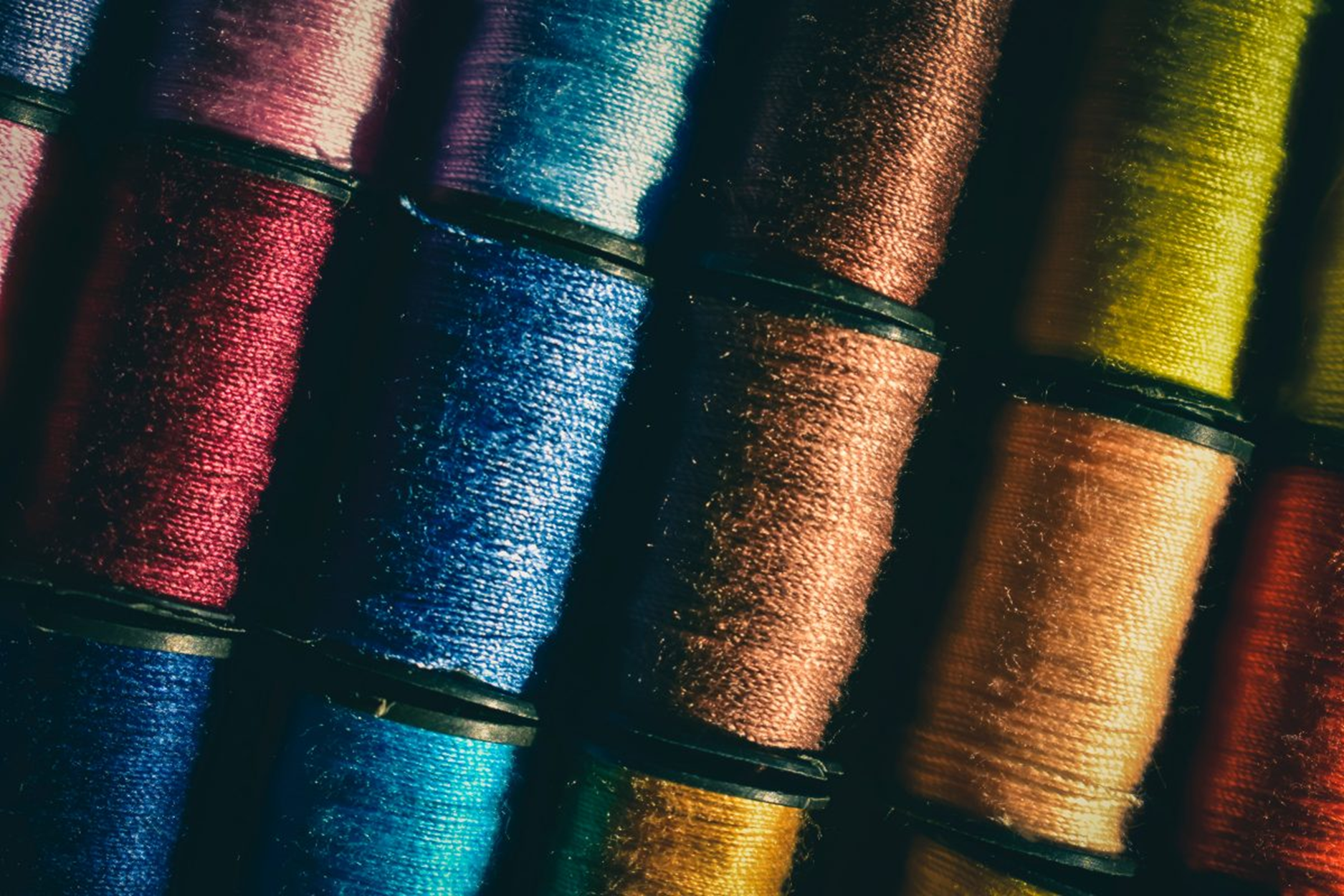

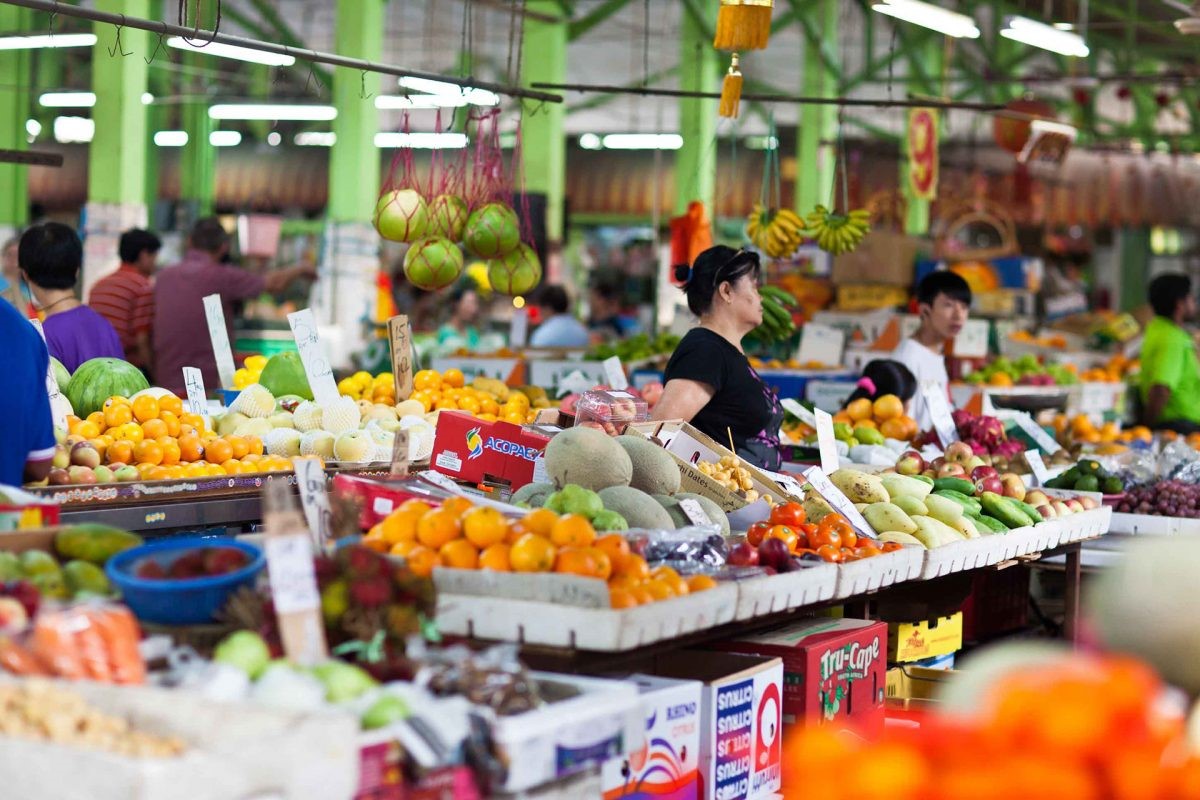

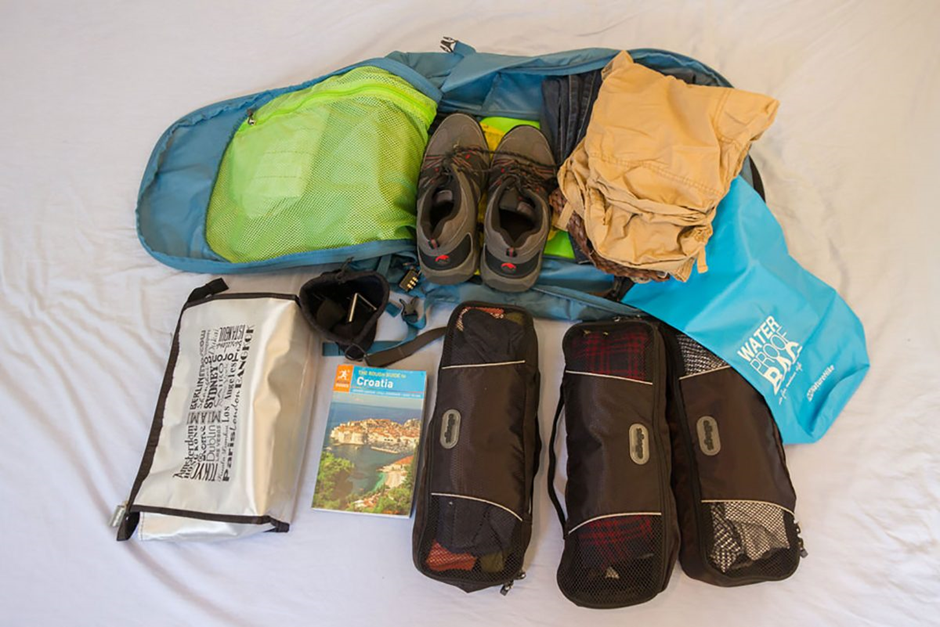
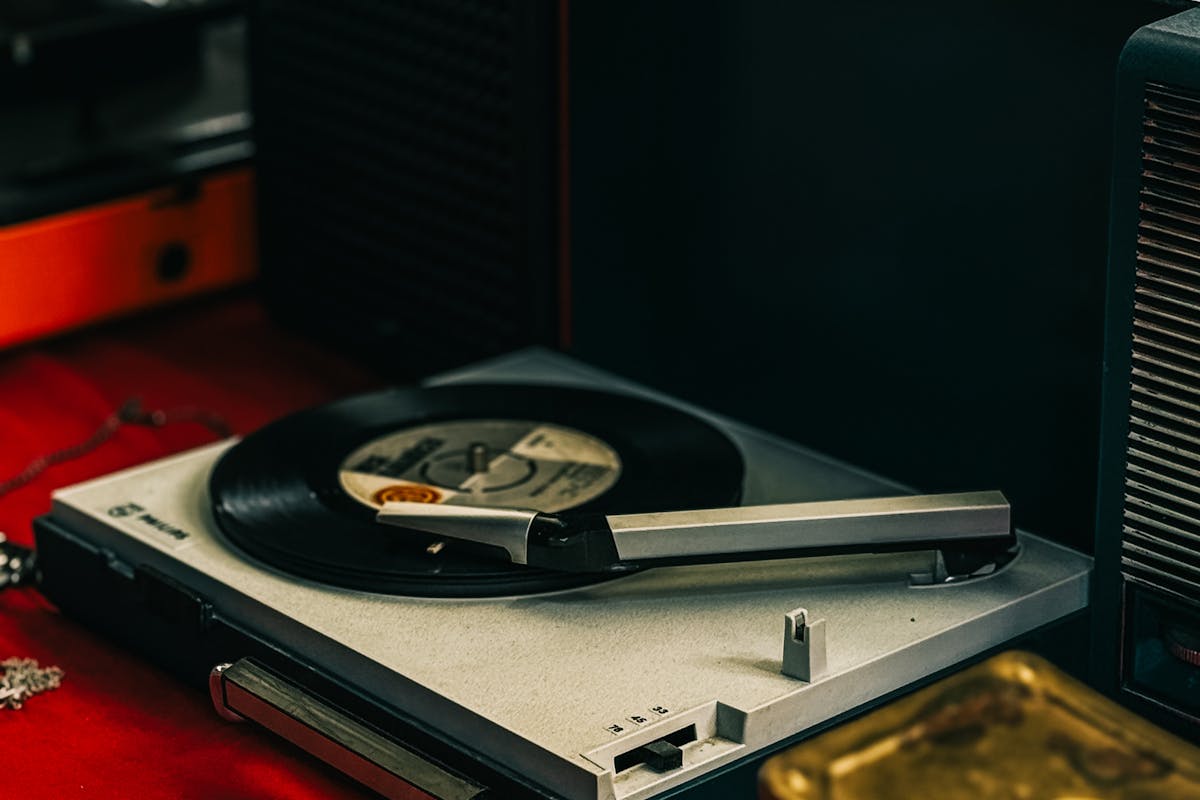
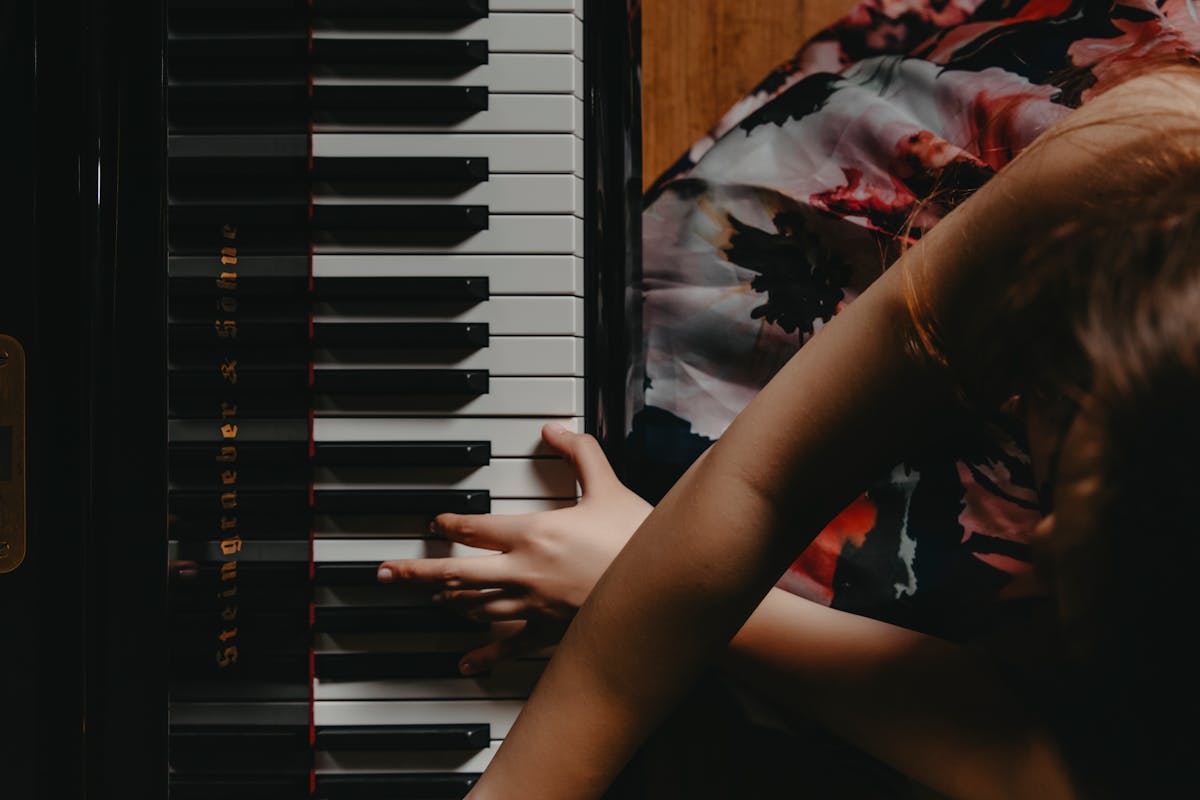

Showing 0 comments